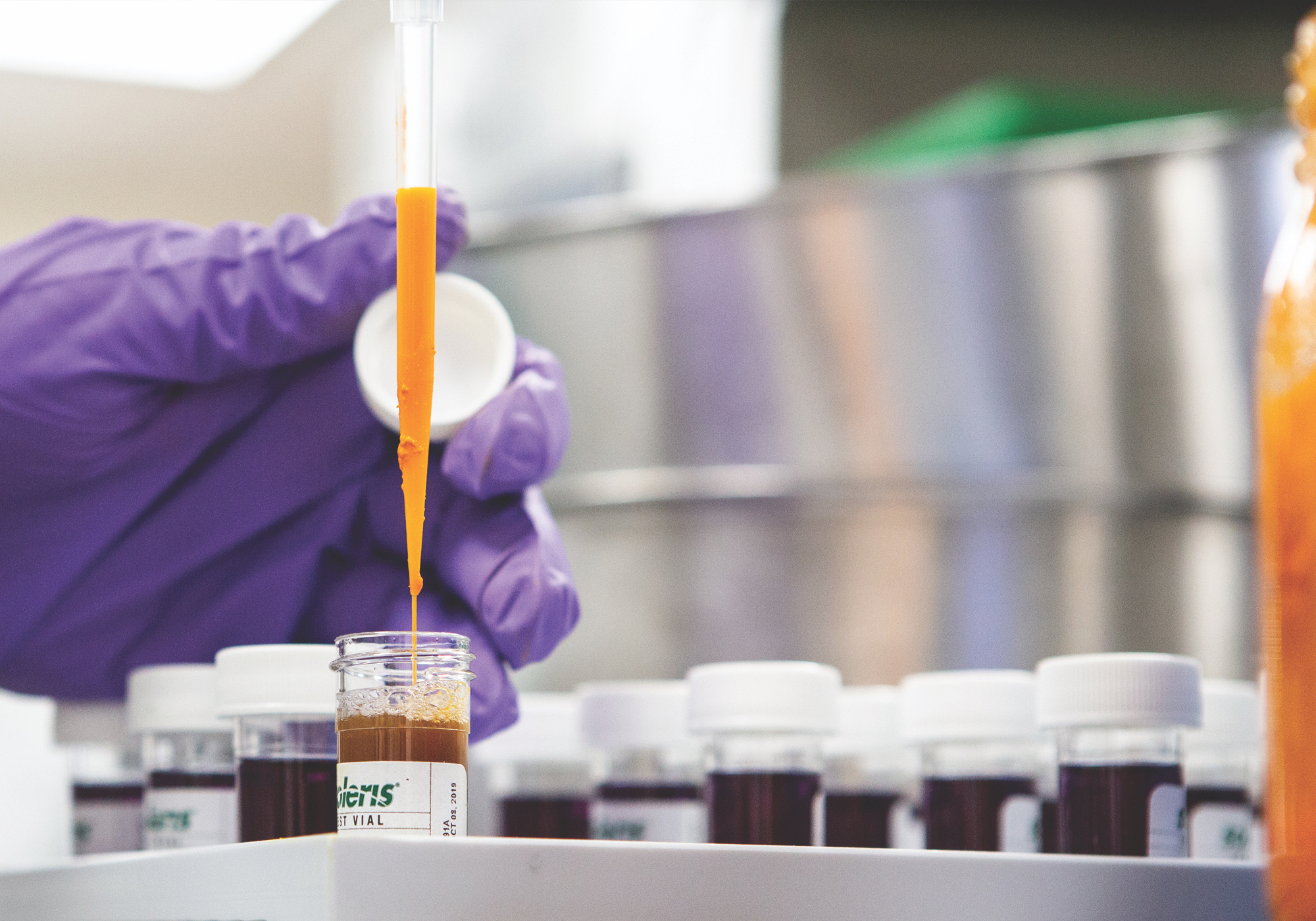Scientific name:Serenoa repens
Constituents:
- Fixed Oils (free fatty acids: capric, caprylic, caproic, lauric, palmitic, and oleic acids)
- Phytosterols (B-sitosterol)
- Carbohydrates & Mucilage
- Flavonoids
- Tannins
- Carotenes
Medicinal actions:
- Alterative
- Anti-inflammatory
- Antispasmodic
- Diuretic
- Reproductive Tonic
Mechanism of Action & Pharmacology:
- Liposterolic (fat soluble) constituents such as sterols & fatty acids appear most responsible for therapeutic effects. Mechanism of action in treatment of BPH has been thought to result from inhibition (via blocking 5-alpha reductase) in the intraprostatic conversion of testosterone to dihydrotestosterone (DHT) and inhibition of its intracellular binding and transport. However, more recent research has suggested additional mechanisms of action, including anti-estrogenic and receptor site-binding effects.
- Additional pharmacological in animals include spasmolytic, anti-estrogenic activity, and anti-inflammatory activity.
Pharmacy:
- Liposterolic extract
- Dried Berries
- Tincture
Safety & Toxicity Concerns:
- May cause stomach upset (rare).
- Ensure continually monitoring of PSA levels and prostate size even if symptoms of BPH are improving with use.
Interactions:
- Anti-platelet and anti-coagulant drugs may potentiate effects (theoretical).





